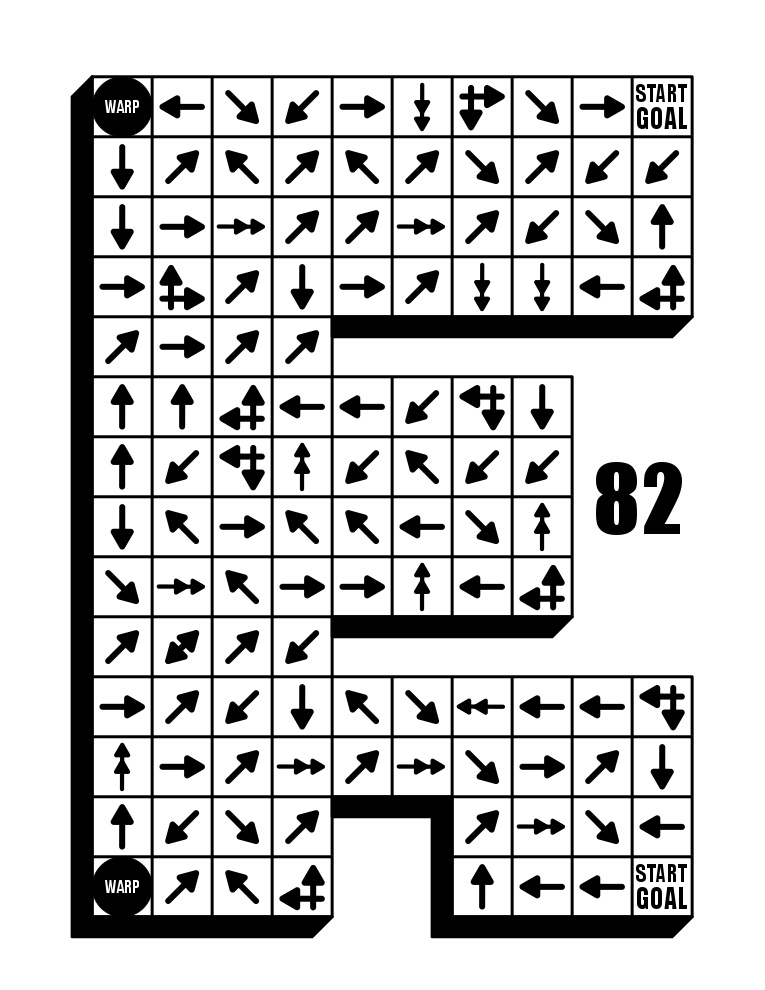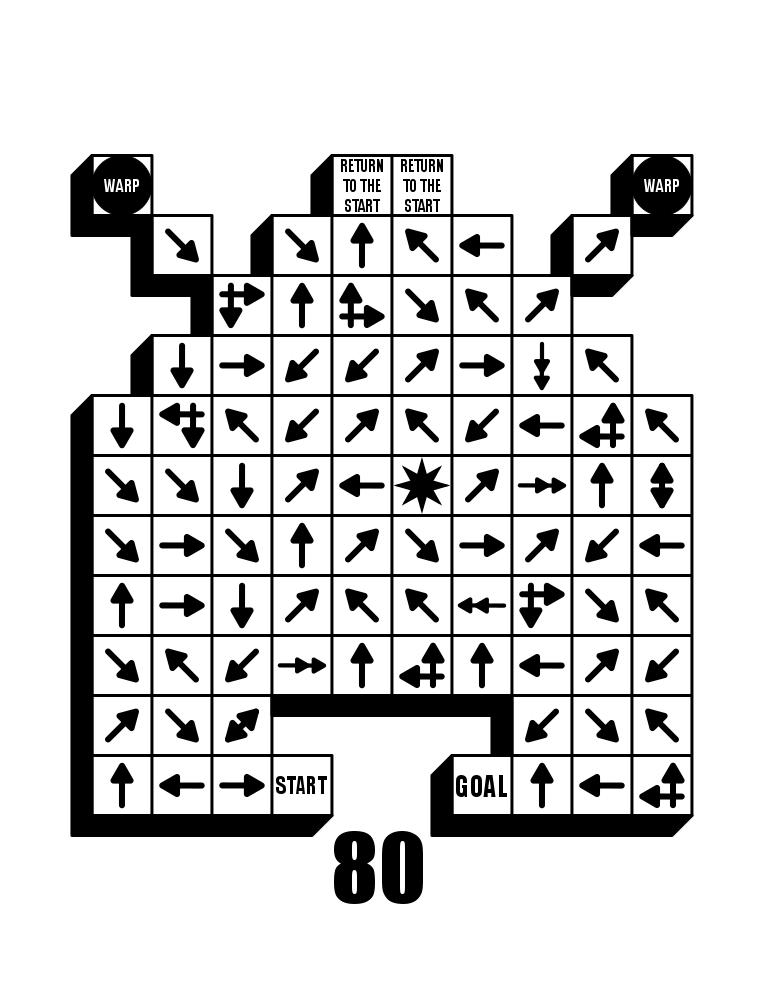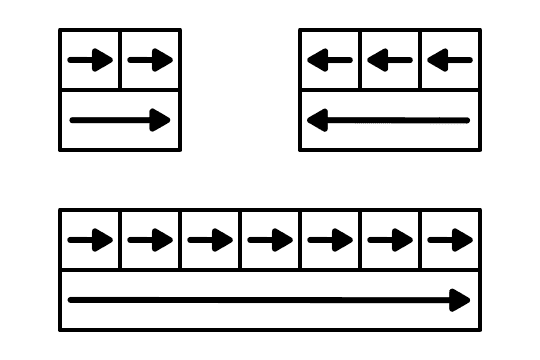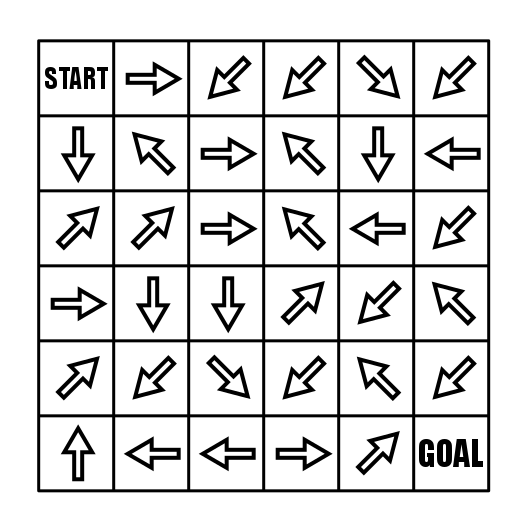I am back to bring you the final 2 sections of my Arrow Maze Case Study. And these two sections are all about giving you some interesting mazes to solve. If you enjoy Arrow Mazes or just challenging mazes these will be posts you enjoy. Today I will give you a few examples of what I call Kitchen Sink Arrow Mazes. A Kitchen Sink Arrow Maze uses a large variety of of different maze components to create a challenging maze.
Here is an overview of what we will be covering in the 14 part series:
Arrow Maze Construction and Design:
Arrow Maze Components:
Extreme Arrow Maze examples:
Arrow Maze Design Case Study - Part 13 - Kitchen Sink
This post is all about kitchen sink examples. Our first example includes a START GOAL, Double Arrows, and Warps,
Kitchen Sink Maze
Our second kitchen sink example includes Double Arrows, Warps, Return to Starts, and an All Ways Arrow.
Kitchen Sink #3 features Double Arrows, Warps, and Long Arrows.
My final example features Return to Start, All Ways, Double Arrows and a Slide Arrow.
Each of these mazes mixed a few different components to create a kitchen sink maze. You may have noticed that these mazes all include numbers on them…because these all come from an upcoming book. These are all examples of the type of mazes that I include in my books on Amazon.
In the Final portion of this series, Part 14 I will present The Largest Arrow Maze in the World (I think)












